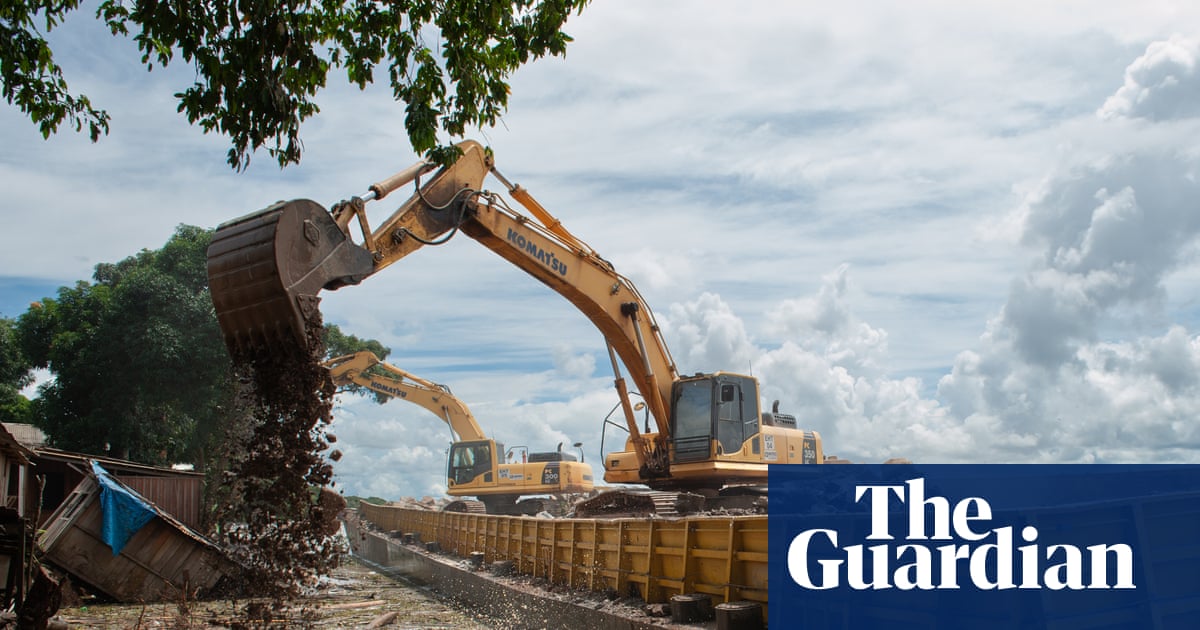
"In 2012, Jose Pereira do Nascimento lost his home when the Santo Antonio hydroelectric station in Porto Velho, in Brazil's north-west Amazon basin, opened its floodgates. The 3,568MW plant, built to provide power for 45 million people, released a muddy torrent that flooded his neighbourhood, forcing 120 families to evacuate. The river has gone out of control. We used to know when it would flood and when it would dry up. Now nobody knows any more, says Nascimento, a rancher."
"What men call progress has killed our history. His is a sad tale, but not uncommon in the Amazon, where public works driven by political ambition and economic upswing have replaced the wilderness with boom towns, highways, dams and farms. While these projects have brought paved roads, electricity and jobs, they have also caused upheaval through disorderly urbanisation, organised crime, rapid deforestation and climate disruption."
"Fuelled by undaunted farmers and pioneering crop science, the soya bean industry has spread deep into the Amazon, blanketing the land, filling silos, helping convert Brazil into the world's leading exporter and propelling the country's agribusiness-boosted GDP. Studies show that transport of soya beans and maize in the so-called Amazon arc the infrastructure for hauling crops grew 4.8% in the past year and by 288% in the past 10 years."
Hydroelectric development and agribusiness expansion have transformed large areas of the Amazon, reshaping landscapes, infrastructure and livelihoods. The Santo Antonio dam released floodwaters that destroyed homes and forced evacuations, illustrating river regime alterations and social displacement. Public works and roads enabled boom towns, farms, and commodity transport corridors, while bringing electricity and jobs. Rapid soya cultivation, aided by crop science and farmer expansion, now spans most Brazilian states, turning Brazil into a top exporter and boosting GDP. The agriculture-driven transport network has grown dramatically, facilitating further deforestation and altering the Amazon's environment, commerce, politics and long-term climate stability.
Read at www.theguardian.com
Unable to calculate read time
Collection
[
|
...
]